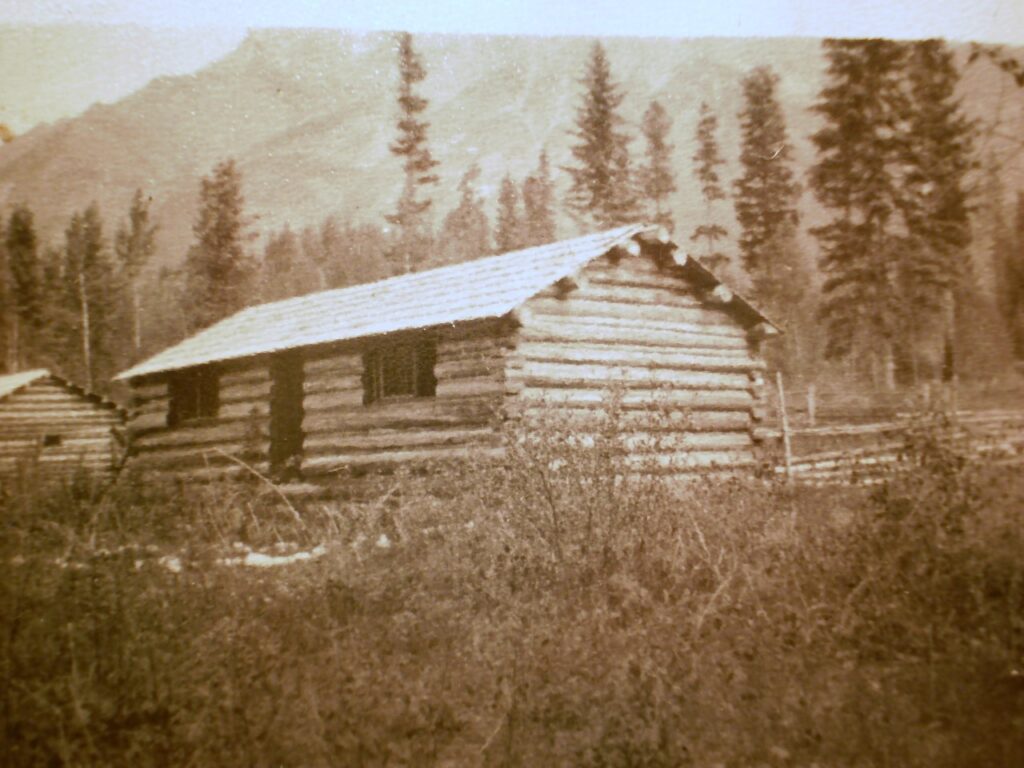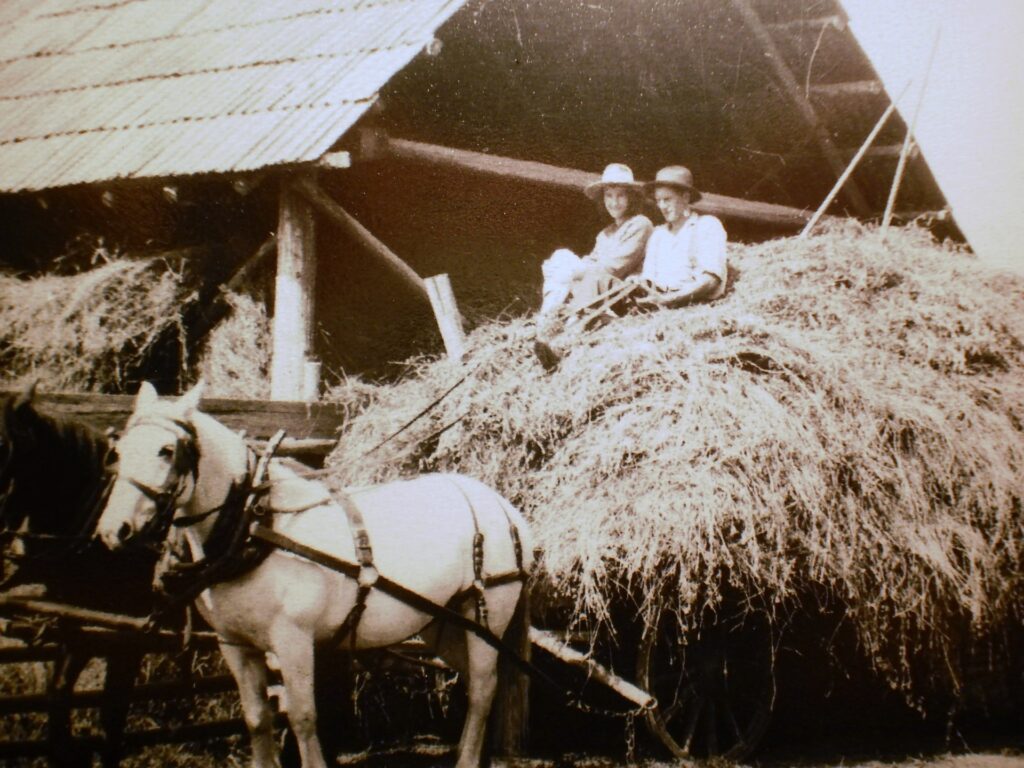KINGSCLERE RANCH

Kingsclere Ranch and Braisher Family History as written by Bob Braisher
Alfred Braisher left Staines, Middlesex, England in 1906 and travelled to Peterborough, Ontario. He stayed with his aunt, Louis Kite (nee Eeles), for a time before working his way westward and eventually settling in Athalmere B.C. in 1910. He worked on irrigation projects in the Columbia Valley as well as any other work that was available. In 1911 he was hired to drive a four horse stagecoach between Golden and Cranbrook. He continued in this occupation until the stagecoach line was shut down in 1913 due to the completion of the Kootenay Central Railroad. He remained in the Athalmere area until 1915 when he signed up with the 54 Kootenay Battalion of the Canadian Overseas Expeditionary Force. During WW1 he served at Vimy, Ypres and The Somme until he was wounded in battle. After convalescence, he married Edith Sylvester in Staines and then returned alone to Canada in 1917 in search of land of his own. He acquired his first quarter section in 1918 on the east bench lands about 20 miles south of Golden B.C. It wasn’t much, but it was his, and he named his land “Kingsclere” after a village in Hampshire, England where his Great Grandfather, Mark Eeles (1818-1889), had been a tenant farmer on nearby Frobury Farm in the mid 1800s. In 1919 he sent for his wife Edith, her son Sidney and his widowed mother Elizabeth (nee Eeles). They arrived in Golden on July 8, 1919 and they never returned to England after that. Elizabeth died in 1921 and is buried in Union Cemetery in Calgary. Alfred died in June of 1952 at the age of 64 and Edith died in June, 1990 at the age of 101. They are both buried in the Golden Cemetery.

Alfred operated Kingsclere from 1918 until around 1940. It was, at this time, that his failing health forced him to hand over the operation of the farm to his son, Ormond. Ormond operated Kingsclere from the early 1940’s until 1972, first as a dairy farm and then transitioning to a beef operation after the closure of the Golden Dairy. In 1972 Ormond’s second son, John (Joe), took over joint operation with his Dad and the ranch took on a major expansion. More land was acquired, which allowed for a large increase of the herd as well. Today the ranch is jointly managed by Joe and his son, Jeff, and supports about 350 brood cows as well as feeder cattle, replacement heifers and bulls, totalling around 700 head on deeded and leased land.
A history of Kingsclere Ranch would not be complete without some research into how the ranch acquired this unusual name. One explanation of the origin of the name “Kingsclere” dates back to 1644 during the English Civil War. It is said that, on the night of October 21, 1644, King Charles 1st took refuge at Frobury Manor House (C.N. Godwin, author of The Civil War in Hampshire). His host, a Mr. Robert Towers, hid the King from Cromwell’s forces behind the firewood in a storage area built into the brickwork beside the fireplace. In the morning, after Cromwell’s soldiers had moved on, word went out that the ‘King was Clere’ (old English spelling of clear), hence the name “Kingsclere”. On a private visit to Frobury Farm some years ago, Alfred’s Grandson Bob and his wife Carol, were shown into the house by the caretaker. The fireplace did indeed have a wood storage area on each side of the fire where someone could hide if absolutely necessary. From an old picture the family had of Frobury, it was immediately evident that this was the house from the old picture. Incidentally, Kingsclere is also the setting for Richard Adams’ 1972 novel Watership Down.
After visiting Kingsclere and Frobury Farm, Bob and Carol visited nearby Highclere Castle. Today it is the setting for the very popular Downton Abbey series that has been playing on PBS Television in North America. In the Highclere Castle grounds cemetery, they found the grave of Mark Eeles’ father, Henry Eeles (1792- 1859), and his wife Lucy (1787- 1844), along with their daughter, Emma Eeles (1825-1842). Henry had worked on Highclere Castle as a stonemason when it was transformed from a Georgian Mansion to what still exists today. The transformation took twelve years to complete, beginning in 1842. It appears that at least three generations of Eeles lived and worked in the Kingsclere area, so it is almost certain that other family members worked at Highclere as it was a major employer in the district. Today the Castle and Estate still house families that have worked and lived there for generations.
